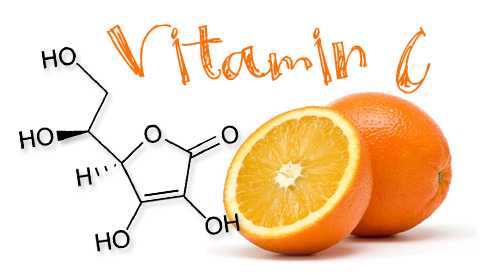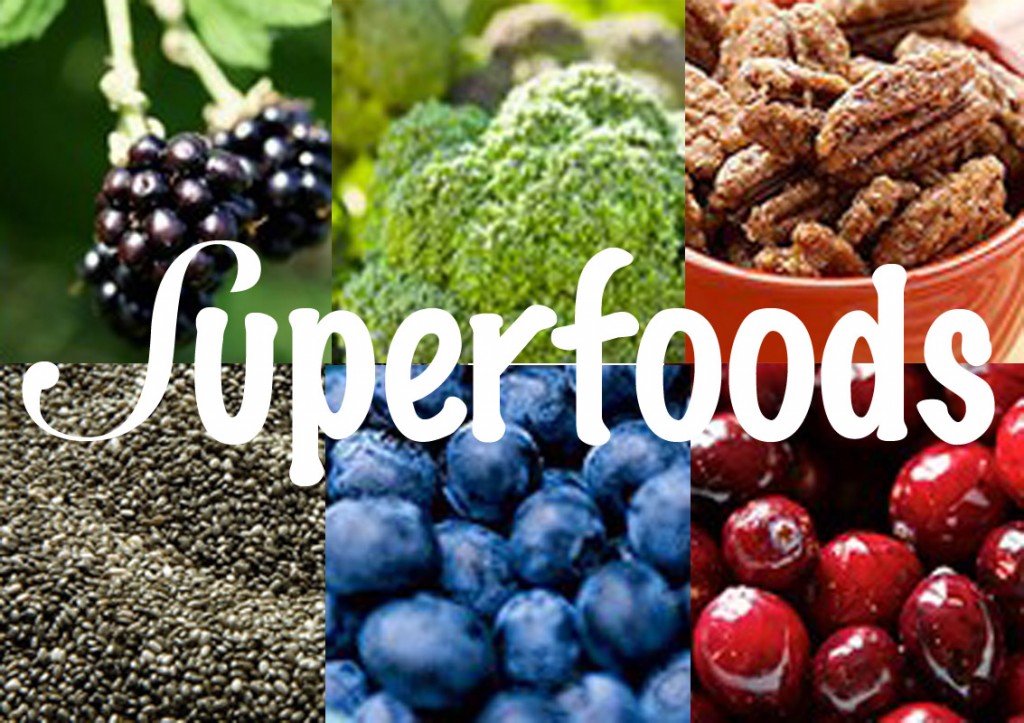Despite propaganda put out by the pesticide and genetically modified organism (GMO) industries, the evidence is clear: organic food has a higher nutrient content than food produced with GMOs and synthetic pesticides and fertilizers.
The issue is only increasing in relevance as consumers continue to turn to organic rather than conventionally produced foods. From 2014 to 2015, the amount consumers spent on packaged organic products went from $12.8 billion to $13.4 billion. That doesn’t include sales of organic produce, bulk dried goods, meat, or meals at organic restaurants.
Yet you’ll still hear certain scientists, along with pesticide and GMO company spokespeople, claim that organic food is no better for you than “conventional” food. What’s the truth? (RELATED: Discover more news about healthful vs. harmful food ingredients at Ingredients.news)
Dramatically higher antioxidant content
The evidence for organic foods’ superior nutrient content just keeps getting stronger. In 2011, the journal Critical Reviews in Plant Sciences published what was, at that time, one of the most sophisticated analyses of the prior research comparing nutrient content of organic and conventional foods. They found that in general, organic foods tend to be higher in antioxidants (including vitamin C) and phenolic acids, but may be lower in protein and vitamin A.
They hypothesized that the main difference between the foods is the excessive use of synthetic fertilizers in conventional agriculture, which adds much more nitrogen to the plants’ diets. This leads to a reduction in stress, causing the plants to produce fewer defense-related secondary metabolites, such as vitamin C and other antioxidants. But it may cause the plant to accumulate more nitrogen in the form of protein, and to increase the content of secondary metabolites unrelated to defense, like vitamin A.
The researchers found that the levels of secondary plant metabolite-based nutrients in organic fruits and vegetables were about 12 percent higher in organic than in non-organic produce. Defense-related secondary metabolites in particular were 16 percent higher.
“This subset encompasses most of the important, plant-based antioxidants that promote good health,” the researchers wrote.
In 2014, an even more comprehensive analysis reviewed the findings of 343 prior peer-reviewed studies on the same topic. This paper, published in the British Journal of Nutrition, was the largest such analysis ever performed.
The researchers found much stronger results than the analysis from three years prior. They found that the antioxidant content of organic fruits and vegetable was between 19 and a shocking 69 percent higher than that of non-organic produce. This difference was large enough that shifting to an all-organic diet could provide the same nutritional benefit as eating an extra two servings of fruits and vegetables daily.
Organic food lower in poisons
Higher nutrient content isn’t the only reason that organic food is better for your health, of course. Organic food is guaranteed free of GMOs, which have been linked to organ and reproductive problems.
It is also free from the residue of dangerous pesticides that have also been linked to problems across the health spectrum.
According a study published in the journal Environmental Research, switching to an organic diet can reduce an adult’s overall pesticide exposure by 90 percent. Another study, published in Environmental Health Perspectives, showed the same effect over the long-term. It found that study participants who reported eating a higher proportion of organic produce showed evidence of significantly less organophosphate pesticide exposure than participants who ate mostly conventional produce.
This translates into real health benefits. According to a letter published in the Annals of Internal Medicine, you can reduce your pesticide-related health risk by 94 percent just by eating only organic forms of the top six most pesticide-intensive fruits (currently strawberries, apples, nectarines, peaches, grapes and cherries).
Despite the growing popularity and increasingly strong case for organic foods, farmers have been slow to convert their farmland to organic production. Several major food companies are now offering monetary incentives to help farmers make the switch.
Sources:




